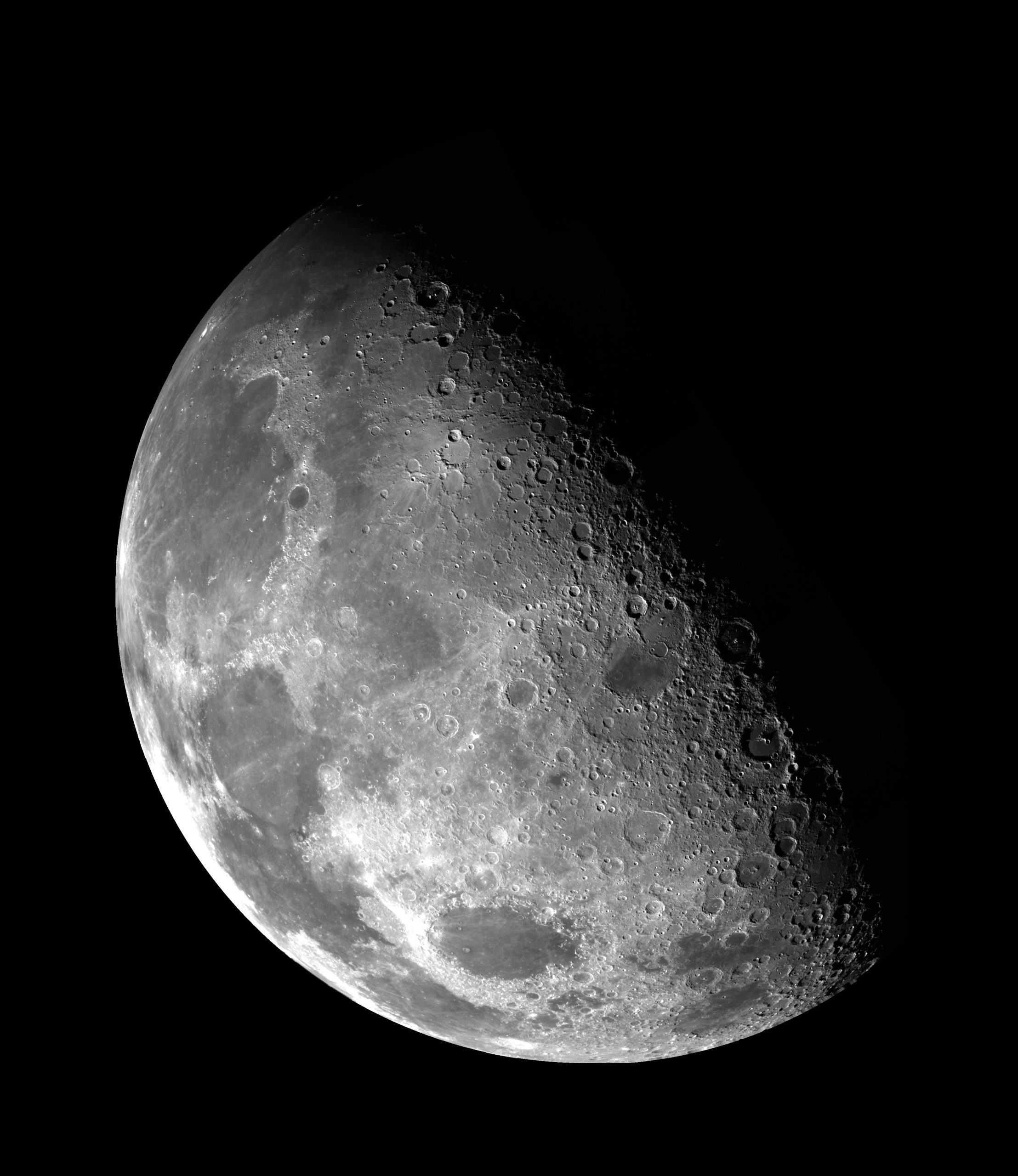Understanding the Moon Phases: A Comprehensive Guide
The moon has always captivated humanity with its luminous presence in the night sky. Its ever-changing appearance, shifting from a bright full moon to a mere sliver, has fascinated generations. However, understanding the various moon phases and their order can be a bit confusing for many individuals.
In this comprehensive guide, we will delve into the different moon phases and discuss their characteristics, order, and the factors that influence them. So, let’s embark on this lunar journey and unlock the secrets of the moon’s mesmerizing transformation!
What Are Moon Phases?
Moon phases refer to the different shapes the moon appears to take on throughout its cycle around the Earth. These phases are recurring and occur due to the varying positions of the moon, Earth, and sun.
The moon doesn’t emit light of its own; rather, it reflects sunlight, which allows us to witness its radiant glow. As the moon orbits the Earth, the angle at which sunlight hits its surface changes, giving rise to the different moon phases.
The Different Moon Phases and Their Order
The eight primary moon phases occur in a specific sequence, which repeats itself approximately every 29.5 days, known as a lunar month. These moon phases, listed in chronological order, are:
- New Moon
- Waxing Crescent
- First Quarter
- Waxing Gibbous
- Full Moon
- Waning Gibbous
- Last Quarter
- Waning Crescent
Now, let’s take an in-depth look at each of these moon phases:
1. New Moon
The new moon is the first phase of the lunar cycle. During this phase, the moon is positioned between the sun and the Earth, with its dark side facing Earth. This means that the illuminated side is hidden from our view, making the moon appear completely dark in the night sky.
2. Waxing Crescent
Following the new moon, a small portion of the illuminated side becomes visible, forming a crescent shape. This phase is referred to as the waxing crescent. It occurs when the moon moves slightly further from its alignment with the sun, allowing a small portion of sunlight to reach its surface.
3. First Quarter
As the name suggests, the first quarter phase marks the point at which the moon has completed roughly one-quarter of its journey around the Earth. During this phase, half of the illuminated side becomes visible, providing a clear distinction between the sunlit and dark portions of the moon.
4. Waxing Gibbous
Following the first quarter phase, the moon continues to move away from the sun, causing a greater portion of the illuminated side to become visible. This phase is known as the waxing gibbous. The term “gibbous” signifies that more than half of the moon’s surface is now illuminated, leaving only a small portion in shadow.
5. Full Moon
The full moon is perhaps the most iconic and awe-inspiring of all moon phases. During this phase, the moon appears as a complete circle, fully illuminated by the sun. The full moon occurs when the moon is positioned directly opposite the sun, with Earth placed in between.
6. Waning Gibbous
Following the full moon, the moon begins its journey back towards the new moon phase. As it moves closer to this point, the luminous area starts to decrease, resulting in the waning gibbous phase. This phase retains the gibbous shape but with a gradually diminishing illuminated surface.
7. Last Quarter
The last quarter phase occurs when the moon has completed approximately three-quarters of its journey around the Earth. As the moon moves closer to its alignment with the sun, only half of the illuminated side remains visible. This phase, also known as the third-quarter moon, signifies the approach towards the new moon phase.
8. Waning Crescent
Finally, we arrive at the waning crescent phase. During this phase, a small crescent of the moon’s illuminated surface remains visible, while the rest of the moon appears dark. The waning crescent heralds the imminent completion of the moon’s cycle, as it approaches the new moon once again.
Factors Influencing Moon Phases
Several factors contribute to the occurrence and visibility of moon phases. Let’s explore these influencing factors:
1. Position of the Moon
The moon’s position relative to the Earth and the sun plays a crucial role in determining the moon phase. As the moon orbits the Earth, its appearance changes according to how much sunlight reaches its surface.
2. Moments of Alignment
Given that the moon’s phases arise due to the interplay between the Earth, moon, and sun, specific moments of alignment are essential. For example, the new moon and full moon phases occur when the moon, Earth, and sun are lined up in a straight line.
3. Earth’s Shadow
During the full moon phase, when the moon is directly opposite the sun, Earth casts a shadow on the moon’s surface. This shadow is responsible for the eclipses that occasionally occur.
Conclusion
By understanding the sequence and characteristics of the moon phases, we can better appreciate the beauty and symbolism behind the moon’s transformation throughout its cycle. From the pitch-black new moon to the dazzling full moon, each phase offers a unique glimpse into the celestial dance between the sun, Earth, and moon.
So, the next time you gaze up at the night sky, take a moment to observe the moon’s phase and marvel at the cosmic wonders unfolding before your eyes.
Table of Contents
